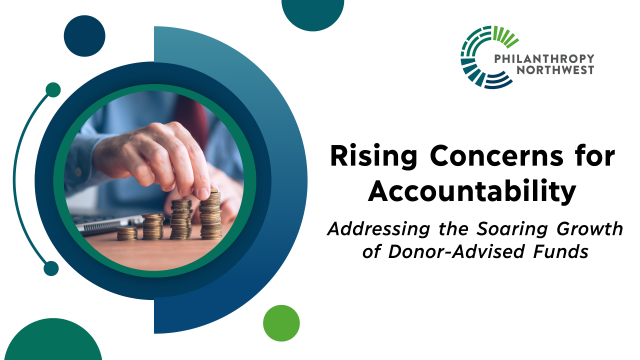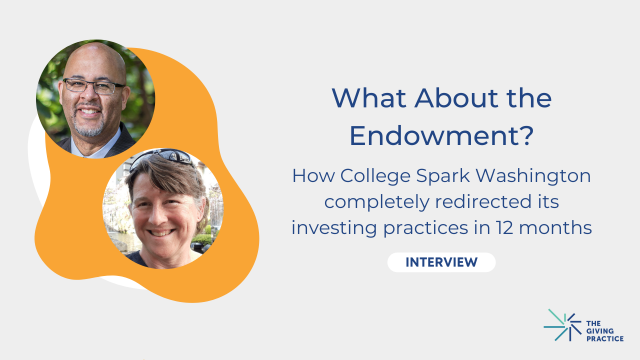
David Wood, Initiative for Responsible Investment
On October 22, the U.S. Department of Labor announced it was withdrawing a guidance memo from 2008 for Employee Retirement Income Security Act (ERISA) plans on Economically Targeted Investments (ETIs), reverting instead to previous guidance issued in 1994. This move had been long sought by a substantial group of responsible investors, who shared the DOL’s concern that the 2008 guidance “unduly discouraged fiduciaries from considering ETIs and ESG factors” when making their investment decisions.
This is big news. ERISA not only governs a sizable number of pension funds directly, but it has even broader impact as a touchstone for asset owners who aren’t subject to the legislation.
At the risk of a listicle, here are three things I took away from the announcement:
- The primary way to understand ERISA remains the same: plan fiduciaries must make their investment decisions prudently, which means making sure there is a process to determine that any investment is based on the plan’s goal of delivering benefits to beneficiaries. Nothing in the DOL announcement changes that fundamental obligation. The primary purpose of pension funds is to facilitate the payment of promised benefits, and their investments are a tool to fulfill this mission. If there is a change here, it's in the fact that the guidance has reverted to 1994’s focus on “participants and beneficiaries ” — the stakeholders a fund is meant to serve, rather than “the economic interests of the plan” — as the immediate focus of an ERISA plan’s mission. Plan trustees should act in their beneficiaries’ interest.
- ETIs are legitimate vehicles so long as they are prudent investments. The DOL in its preamble, and the 1994 guidance itself, make clear that targeting collateral social and/or environmental benefits is acceptable so long as those investments are financially prudent. If there was a chilling effect from the 2008 guidance, the new guidance has gotten rid of it. There’s nothing wrong with seeking socially beneficial investments that are financially prudent! There never was, but the new guidance removes any doubt that skeptics (perhaps reinforced by the 2008 guidance) may have had. In particular, the new guidance preamble explicitly states that ETIs are not subject to special scrutiny because they create collateral benefits. They need to meet the standards of prudent investment decision-making that every investment is subject to. The idea that extra underwriting was necessary to justify ETIs is where the chilling effect was most likely to be felt, and where the guidance is most likely to have an impact on how ERISA and ERISA-compliant funds make their investment decisions.
- The preamble argues both that ETIs can be valid vehicles for investment, and that integrating environmental, social, and governance information into investment decision-making is an accepted investment practice. Responsible investors won’t feel much change here, as they have believed this for some time, but the guidance preamble is an important U.S. public sector validation of the widespread adoption of impact investing in practice. This affirmation of ESG is just as newsworthy as the actual reversion to the 1994 guidance; the DOL acknowledges that ESG considerations are a fundamental part of the investment landscape.
New Strategies, Products and Culture Needed
We shouldn’t assume that this new guidance will open the floodgates for institutional investors, ERISA funds and otherwise, to target impact investment — or that it will catalyze the rapid adoption of new RI policies and strategies in funds that haven’t shown much interest until now. Investment conventions are powerful, and mainstream conventions often still disfavor ESG and ETI both. If more investment is to flow towards responsible and economically-targeted investing, the development of new strategies, investment products and an investment culture more open to talking about the relationship between investments and society will be necessary.
But this announcement of new guidance from the DOL is an important signal, and it has removed one veto point in the agency chain that has made converting interest in RI into action for a variety of institutional and other investors who look to ERISA for guidance.
Finally, it is worth noting that there were two pieces of ERISA guidance issued in 2008 that worked against the interests of the responsible investment community. The other focused on shareholder activism, and seemed to create a similar chilling effect on one of the central tools that responsible investors use to generate long-term value in their portfolios. The same logic that led to the withdrawal of the 2008 ETI guidance (especially the development of ESG as accepted investment practice), would seem to apply to this other piece of guidance — something to watch down the road.
David Wood directs the Initiative for Responsible Investment at Harvard University. An earlier version of this blog post was first published by IRI on October 27.


